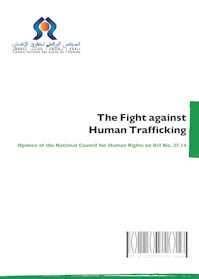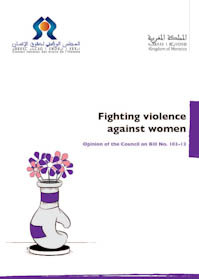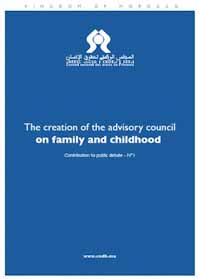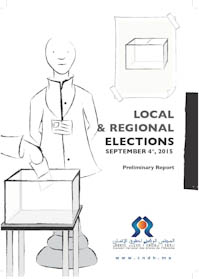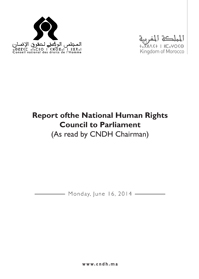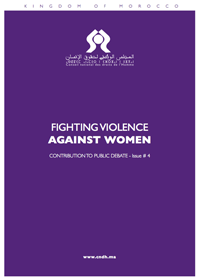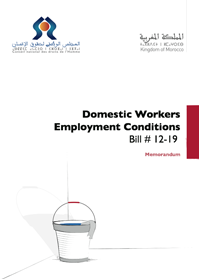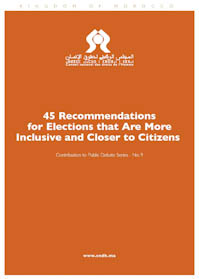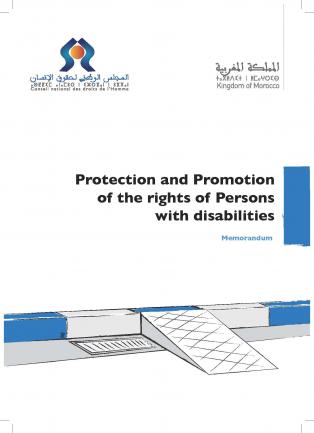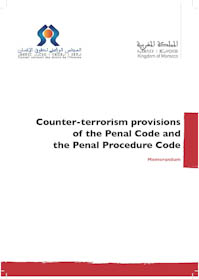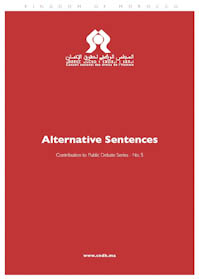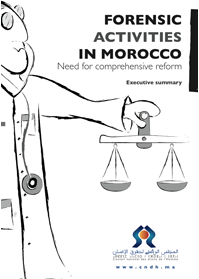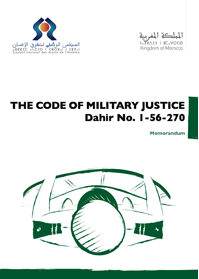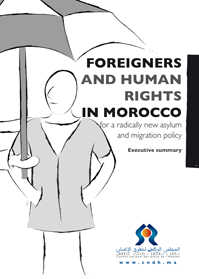Frame of a Puzzle Memory...
The Equity and Reconciliation Commission (IER) was one of the first bodies to raise the problem of archives and make it a public debate. Bearing in mind the need to preserve the positive memory and given the problems it found in reading the historical context of violations, the IER placed the question of archives among its priorities to complete its mission and think about a national policy on archives, which comes under the IER main recommendations.Thus, in following up the recommendations of the IER, the Advisory Council on Human Rights (CCDH) established in addition to the joint commission with the government to follow up the IER recommendations, a focus group composed of CCDH members, historians and experts in the field of archives. Since then, several provisions have been issued. Nevertheless, the question of archives remains a major national project that requires mainly an awareness-raising.
We can distinguish between two types of recommendations on memory and history: recommendations of a national nature, and recommendations of a regional one.
The recommendations of a national nature are now the subject of an expertise. The identification mission that started in July 2008 addresses three parts:
- support for the creation of a Moroccan institute for history of present times;
- support for developing a modern policy on public and private archives;
- support for the establishment of a national museum of history.
The mission works closely with the Working Group on History, Memory and Archives and with the CCDH administration. It has already held several meetings with various stakeholders: the Ministry of Culture, Royal Institute for Historical Research, National Library, High Authority of Audiovisual Communication, SNRT (National Broadcasting Company), Moroccan Cinema Center, School of Information Sciences (ESI), Association of Historians of Morocco, archives departments of various ministries, university centers, etc.
The regional dimension of preserving the memory is linked to the community reparation program. In addition to its material dimension of launching development projects in consultation with local stakeholders, the community reparation program aims to enable local citizens to appropriate their history and preserve a positive memory in order to ensure three parallel and complementary types of reconciliations: reconciliation of local people with the State, reconciliation of local people with secret detention centers, and reconciliation of the State with a painful and long-forgotten history: a reconciliation between Man, place and history.
As part of the implementation of these recommendations, several workshops of consultation with regional stakeholders were held in eleven provinces where the program is applied. For the preservation of memory, the following priorities were proposed:
• Restoring secret detention centers (Derb My Cherif, Tazmamart, Tagounit, Agdz, Kelâat Mgouna, Skoura, etc.);
• Creating spaces to preserve the memory and/or convert parts of the detention centers to places of memory (establishment of cultural centers, social complexes, multipurpose spaces, documentation and citizenship centers);
• Classifying symbolic places as historic monuments (house of Abdel Karim El Khattabi, Derb Moulay Cherif, Kesbat Agdz, Kesbat Skoura, Cinema Saada, etc.);
• Analyzing and documenting the history of secret detention at the regional level and its impact on local communities (creating research centers, conducting studies, gathering testimonies, making documentaries, etc.);
• Disseminating the history of collective grave human rights violations (exchange between regions and communities affected, workshops, conferences and seminars, traveling exhibitions, integration into school curricula "human rights clubs, competitions”, CD-ROMs, websites, newsletters, publications etc.);
• Organizing recognition actions towards victims, populations and sites (Rehabilitating tombs and cemeteries, building memorials, organizing religious ceremonies, naming public squares, avenues etc. after iconic figures of the years of lead, upgrading local languages etc.);
• Establishing a day of memory and equity.
Establishing places of memory, preserving the memory, and reading and writing history are basic actions for any society after the work of a truth commission and an experience of transitional justice.
These actions, proposed by local stakeholders under the community reparation program whose funding is almost covered, raise questions on the sustainability of the experience, life of these spaces, relevant public policies. Once set up, who are the stakeholders who will take over management and inject dynamics into these spaces: the communes or the Ministry of Culture? Who would be the best inheritor of these fragments of history and puzzle memory, with a vision, budget and necessary resources to do so?
Several partnerships are being negotiated by the CCDH, but the public debate on the policies on memory remains open...
Translated by Khalid Ramli from a French article by Mr Ahmed Taoufik Zainabi, Head of the Department of Collective Rights and Regional Affairs.
__________________________________________________________
Derb Moulay Cherif
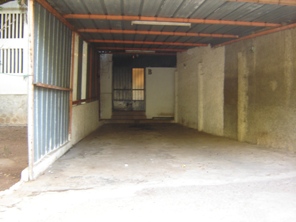
Since the end of the 1950s, this was used for purposes of arbitrary detention; since its establishment it was attached to the National Brigade of the judicial police. Most of those detained in cases of a political character were detained there. It was used as a detention and torture centre in the period between 1959 and 1991. Although the centre was attached to the judicial police, which was in charge of organizing the detention of prisoners, other security bodies sometimes carried out interrogation and torture there. Guarding the centre was carried out in turn by four teams of guards attached to the third and fourth mobile units. The number of detainees held in the centre ranged between 40 and 300 depending on the period.
Agdz
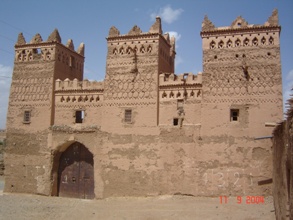
Agdez detention centre, originally an ancient fort owned by Pasha Glaoui, is a kasbah built in the middle of an oasis in the town of Agdez and surrounded by a great wall and high towers. According to an official formerly in charge of the centre, it was operational as a detention centre as from January 1976, when a group of detainees held in connection with the 1973 incidents was transferred to the centre, up until 1982.
Kalaat Mgouna
The detention centre in Kelaât M’Gouna was originally a small army barracks located on a hillock overlooking Kelaât M’Gouna and surrounded by walls built using local construction methods. Three wings were initially built inside the barracks and five more wings were subsequently added. The fourth and fifth wings were built in 1982, the sixth in 1989 and the seventh in 1990. The eighth wing was added in 1991. There was only one toilet and one water tap in each wing.
The centre was used for detention purposes from 23 October 1980 when detainees previously held in Agdez were transferred there, until it was shut down after surviving detainees had been released on 12 June 1991.
Tagounit
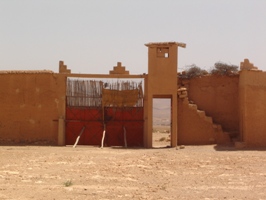
Situated in the south-east of Morocco, Tagounite is known for its harsh climate, with temperatures rising and falling sharply according to the season.
Tagounite detention centre, a house originally owned by the Glaoui, was used by the French Army, the Liberation Army and the Royal Armed Forces during hostilities known as the Sand War. It was later used by the Auxiliary Forces.
Members of the “Casablanca Group” were the first to be held in the centre. The group comprised 215 persons detained during the period between December 1971 and early March 1972 on the occasion of the Islamic Summit in Casablanca in 1971. It included vagrants and beggars but also secondary school students and employees. They were arrested on the street and from homes and night shelters.
See the IER Final Report: Volume 2






